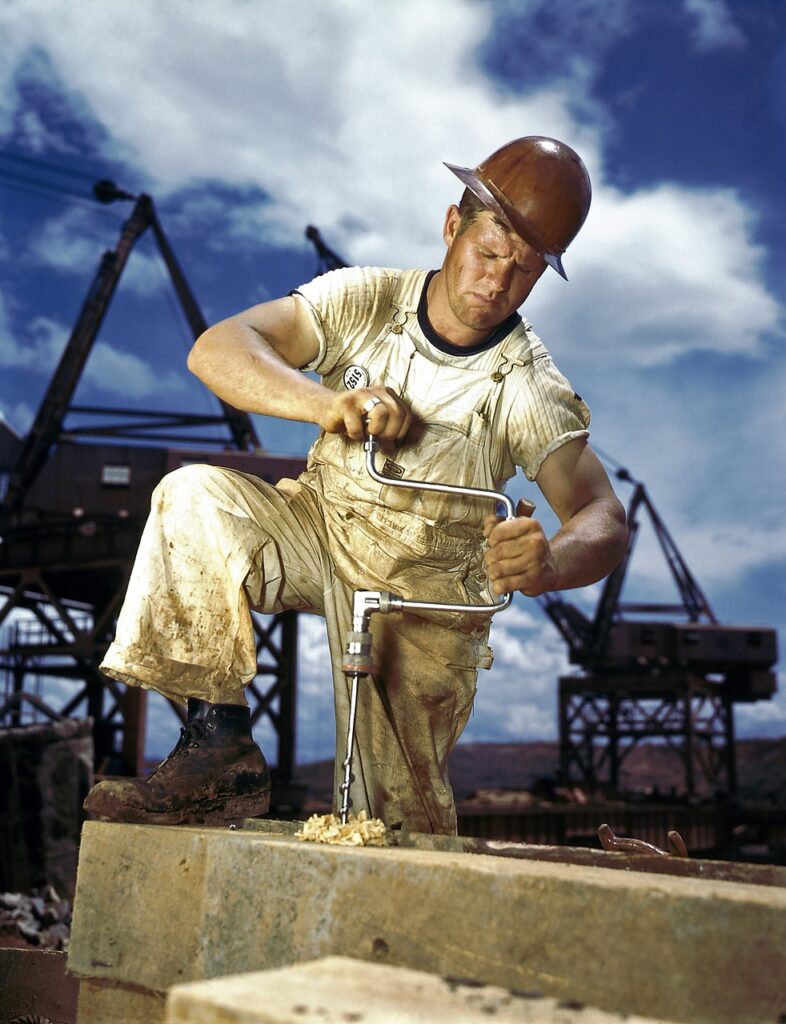Exterior aluminum siding is a durable and low-maintenance option for protecting and enhancing the look of a home. It resists rust, weather damage, and pests, making it a practical choice for many climates. Its lightweight nature and ease of installation also contribute to its popularity among homeowners and contractors.
Aluminum siding comes in various styles and colors, allowing customization that suits different architectural designs. It can mimic other materials like wood while requiring less upkeep. This balance between aesthetic flexibility and functional performance makes it a compelling siding solution.
Understanding the benefits and limitations of aluminum siding helps in making an informed decision for exterior home improvement. Its cost-effectiveness and resilience often weigh heavily in its favor compared to other siding materials.
Benefits and Features of Exterior Aluminum Siding
Exterior aluminum siding offers a combination of strength, ease of care, energy savings, and design flexibility. These features make it a practical choice for many homeowners seeking a reliable exterior material.
Durability and Longevity
Aluminum siding resists rust, corrosion, and insect damage, which extends its lifespan beyond many other materials. It does not warp, crack, or rot, even in harsh weather conditions like heavy rain, snow, or heat.
It can withstand wind speeds up to 110 mph in many cases. The siding is also fire-resistant, adding a layer of safety to the home’s exterior. An aluminum finish typically lasts 20 to 40 years with proper care.
Low Maintenance Requirements
Unlike wood or vinyl, aluminum siding requires minimal maintenance. It does not need frequent painting; a high-quality finish can last over a decade without fading or peeling.
Cleaning aluminum siding involves just rinsing with water or mild detergent. There is no risk of termites or mold, so homeowners avoid costly treatments. Repairs from dents or damage are straightforward and often affordable.
Energy Efficiency and Insulation
Aluminum siding can be paired with foam insulation to enhance energy efficiency. This reduces heat transfer, helping maintain consistent indoor temperatures and lowering heating and cooling costs.
Reflective coatings on aluminum siding deflect sunlight, reducing heat absorption. Homes with insulated aluminum siding can see noticeable improvements in energy consumption, especially in climates with extreme temperatures.
Aesthetic Versatility
Aluminum siding comes in a wide range of colors and textures, simulating wood grain or smooth finishes. It can be custom painted or coated with factory-applied finishes for long-lasting color retention.
The material can be shaped into various profiles, including clapboard, panel, and shingles. Its clean lines and uniform appearance support both modern and traditional architectural styles.
Installation and Care for Exterior Aluminum Siding
Proper installation and regular care are essential to maximize the lifespan and appearance of aluminum siding. This includes careful preparation, the right installation methods, consistent cleaning, and timely maintenance.
Preparation and Planning
Before installation, the surface must be clean, dry, and free of any old siding remnants or debris. Measuring the walls accurately ensures the siding panels fit well and reduces material waste. It’s important to account for overlaps and trim when ordering materials.
It is also critical to check the underlying structure for damage or rot. Any repairs should be completed before installing new siding. Proper ventilation behind the siding prevents moisture buildup and helps avoid corrosion.
Tools like levels, chalk lines, hammers, and tin snips should be ready before starting. Planning for weather conditions, such as avoiding installation on extremely hot or cold days, ensures better panel handling and fit.
Techniques for Proper Installation
Installation starts with securing a starter strip along the bottom edge of the wall. Panels are then locked into this strip and overlapped according to manufacturer instructions, usually about one inch.
Panels must be fastened loosely with corrosion-resistant nails to allow for expansion and contraction. Nails should be placed in the siding’s nailing hem, and not over-driven, to avoid buckling.
Corners and joints require special trim pieces to seal gaps and provide a finished look. Flashing should be installed around windows, doors, and other openings to prevent water infiltration.
A consistent panel alignment using a level and chalk lines helps maintain a straight profile. Any mistakes in panel placement early on can magnify over wall height or length.
Routine Cleaning and Inspection
Aluminum siding should be cleaned at least once a year to remove dirt, mildew, and pollutants. A mixture of mild detergent and water, applied with a soft brush or cloth, is effective.
Pressure washers can be used but at a low setting and from a safe distance to avoid damaging the siding or forcing water behind it. Rinsing thoroughly with clean water after washing is important.
Regular inspections focus on loose panels, dents, scratches, and fading paint. Spot-cleaning stains and promptly addressing minor damage helps maintain the siding’s protective qualities.
Checking for mold or mildew in moist areas and ensuring trim and caulking remain intact prevents long-term issues.
Repair and Maintenance Tips
Small dents can sometimes be gently pushed out from behind or filled with exterior-grade filler. Deep scratches or large dents may require panel replacement to maintain structural integrity.
Repainting every 10-15 years may be necessary if the original coating wears. Use paint designed for metal surfaces and follow surface prep instructions carefully.
Replace any damaged or loose trim pieces quickly to avoid water damage. Reseal joints with a high-quality exterior caulk when cracks or gaps appear.
Routine checks after storms or heavy winds help detect and repair damage early. Keeping gutters and downspouts clean prevents water overflow that could harm siding edges.
